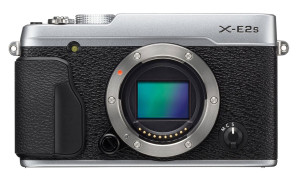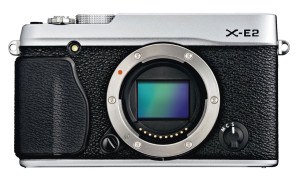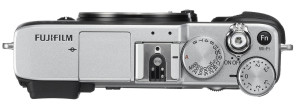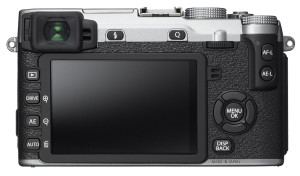Fujifilm announcements:
X-Pro2 – X-Pro1 vs X-Pro2 – X70 – X-E2s and X-E2 firmware 4.0 – XF 100-400mm f/4.5-5.6
Although the X-Pro2 marks the beginning of the third generation of the X series cameras and is perhaps the most important Fuji camera to date, the X-E series has only received a marginal upgrade that is split into two entities. We have the new X-E2s which is basically the X-E2 with a few minor design improvements and a new firmware that will be available to download for X-E2 users. That makes these two cameras nearly identical. So we were wondering: why release a new X-E2s body with such marginal improvements when Fujifilm is known to prolong the lifespan of its cameras with concrete firmware updates?
Below we wrote up all the differences between the X-E2s and X-E2 with the firmware 4.0.
Design, ergonomics and ease of use: enhanced grip for the X-E2s
Both cameras have the same exact size and weight (350g including SD card and battery). The only noticeable difference is the shape of the front grip which is slightly larger and more prominent on the X-E2s. Both include a built-in flash.
Both cameras feature the same Shutter Speed and Exposure Compensation dials on top as well as one Fn button. We can notice the lack of the Fujinon Lens System logo on top of the X-E2s. The Exposure Compensation dial can also work in manual mode with ISO set to Auto. When the Shutter Speed dial is set to T and the shutter type to Mechanical+Electronic, you can changed the exposure from 30s up to 1/32000s with the command dial on the rear (previously this was limited to 30 to 2 seconds).
The button layout on the rear is almost identical. We noticed that the arrow pad is lacking any markings and some buttons appear slightly flatter. The Fn2 button on the X-E2 is replaced by the Auto button on the X-E2s which allows the user to switch to a fully automatic Advanced SR Auto mode (like the X-T10 with its dedicated lever). Note that there are seven buttons that can be customized in total (like the X100T). The 4-way arrow pad can be used to instantly change the focus point, without pressing any other button first. The AE-L / AF-L button are interchangeable depending on the user’s preference.
The electronic viewfinder is 0.5 inches large, has 2.36 million dots and 0.62x magnification with 100% field coverage on both cameras. The time-lag is only 0.005s like the Fuji X-T1. There is a Natural Live view function available that disables the effects of the various film simulation modes (more like a RAW preview). The EVF also inherits the new user interface for a clearer view of your frame. The LCD screen is fixed with 1040k dots. Both LCD and EVF colours can be adjusted (hue and saturation).
Update: the X-E2s EVF has an enhanced “Organic EL” panel (also found on other Fuji cameras like the X30). Note that the X-E2 EVF also has an Organic El panel but is seems that the one on the X-E2s is slightly better. According to X-Photographer Max Angeloni the optical elements have also been improved. Long story shot, the X-E2s should give you a clearer view in the EVF but the resolution and time lag remain the same.
The Quick Menu (Q button) can now be customised as with the X-T series. Each of the 16 areas can be re-assigned depending on the user’s need.
Sensor and AF system: exactly the same

Both cameras feature a 16MP APS-C X-Trans CMOS II sensor and the EXR Processor II. The ISO range goes from 200 to 6400 with RAW. There are extended ISO settings (pull 100, push 12800, 25600 and 51200) available with JPG only. Three different options are available for Auto ISO.

All the film simulation modes are present except for the new ACROS mode that is exclusive to the X-Pro2 for now. Long story short, the X-E2s and X-E2 with firmware 4.0 continue to have the same exact image quality as the X-T1, X-T10, X100T and X100s.

The autofocus system has 49 points with the 9 central points being phase detection. The biggest upgrade for both cameras are the enhanced settings that bring the same features found on the X-T1 and X-T10. This includes the Zone AF and Wide/Tracking mode (3×3 / 5×3 / 5×5 areas from 77 sub-areas on an 11×7 grid) as well as Eye detection. The continuous shooting speed goes up to 7fps with focus priority. The Auto Macro mode has also been introduced on both cameras and the AF has been improved when shooting movies. Phase detection is also supported when enabling Instant AF.
When working in Manual focus mode, you can change the size of the focus area when using Instant AF with the AF-L button. Peaking and Digital Split Image are also available as MF assists.
Other functions and video capabilities: exactly the same
Both cameras inherit new functionalities and that includes the 1/32000s speed with the electronic shutter. The shutter sound can be controlled with different volume levels or be muted (silent mode). Note that the Silent Mode has been renamed “SOUND & FLASH ” in the menu.
You can interlock the AF area position with the metering area by selecting Spot Metering in the menu.
AE Bracketing goes up to 1Ev with 3 shots only and White Balance bracketing is added. Interval timer for time-lapse is also available.
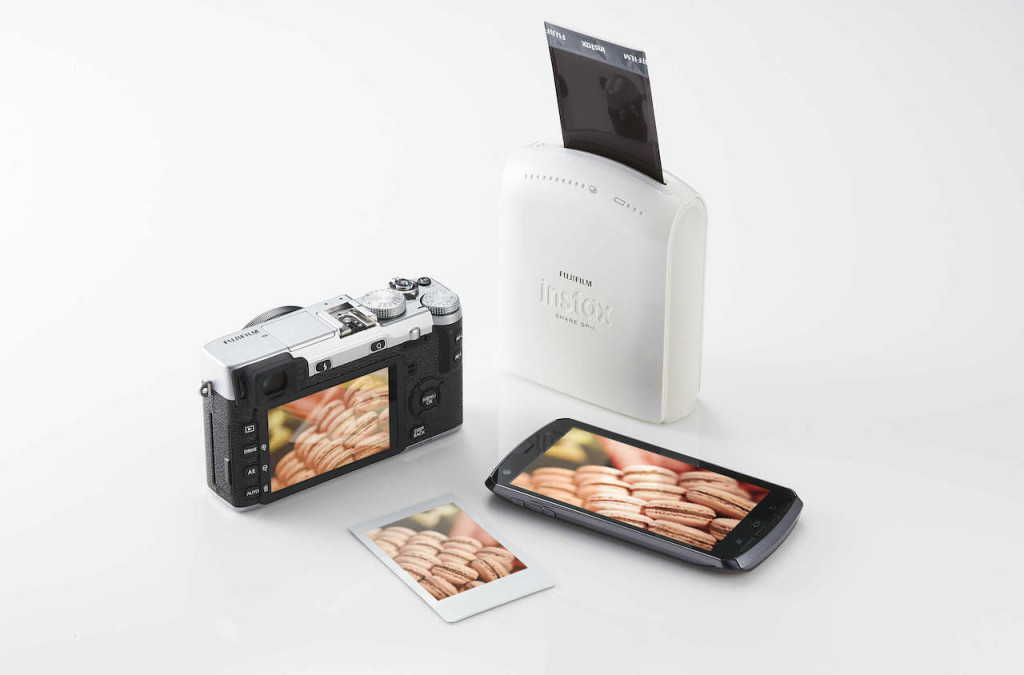
Both cameras have Wi-Fi capabilities. The cameras can be used to transfer images, be controlled remotely with the newly updated Fujifilm Remote Control app or used with the Instax Share printer.
Both cameras can shoot up to 60fps in Full HD and HD Ready (720p). PAL frame rates (25 and 50fps) as well as 24fps are available. Exposure can be controlled manually. To start the recording, you will need to assign it to a function button instead of pressing the shutter release button as the Movie Mode has been deleted from the Drive Menu.
You may also enjoy reading:
- 10 Fujifilm X-Pro2 reviews that are absolutely worth reading
- Olympus Pen F vs Fujifilm X-E2s – All the key differences
- Fujifilm X-Pro1 vs X-Pro2 – All the key differences
- Fujifilm X70 vs Ricoh GR II – All the key differences
Conclusion: is the new X-E2s really necessary?
Knowing Fujifilm’s history when it comes to substantial firmware upgrades, it is difficult to understand why they released a new X-E2s when the X-E2 will be essentially the same with the new firmware 4.0. The X-E series was born initially to offer a less expensive rangefinder alternative to the X-Pro1. The success of the X-T1 and X-T10 probably encouraged Fujifilm to change its plan with regards to the X-E line-up but we can’t help but think that this X-E2s is somewhat redundant. The improvements made to the front grip and the EVF hardly justify the creation of a new model. Perhaps the camera was announced to gather new customers that are not interested in dealing with firmware updates and want to buy something that is new and ready to use with the latest features. But of all the new products announced today, it does feel like the only one that doesn’t bring anything new to the series.
The Fujifilm X-E2s will be available in February 2016 at the retail prices of $700, €720, £549 (body only) and $999, €1020, £749 with the 18-55mm kit lens. The firmware 4.0 for the X-E2 will be available for download on February 4th.
Below you can watch the official X-E2s video with X-Photographer Max Angeloni.

